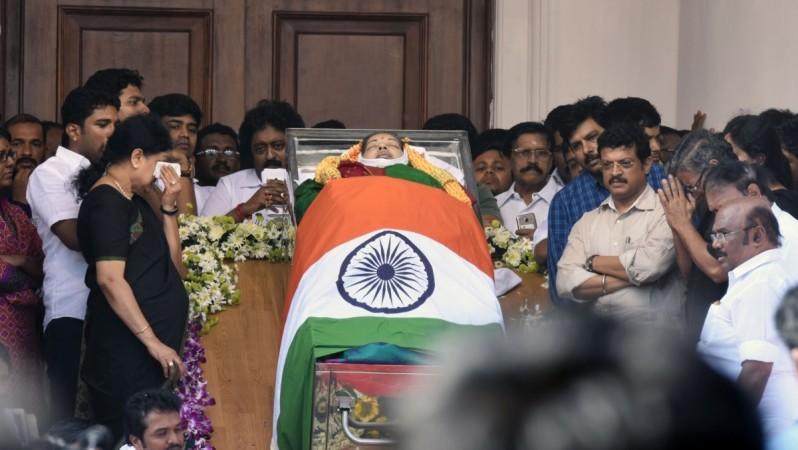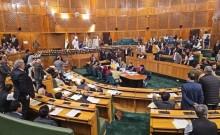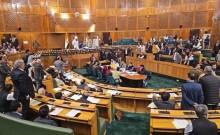
Late Tamil Nadu Chief Minister Jayalalithaa was suffering from septicaemia, fever, hydration, uncontrolled sugar, urinary infection and bacterial infection in her blood.
"It was infection with damage to organs that led to her death," said Dr Richard Beale, during a press conference on Monday. The press conference was held by the government and not the hospital, the doctor clarified.
"The doctors chose to facilitate the press conference now," he said.
"There was nothing unusual about her case from medical point of view," said Dr Beale. "There was no question at all about poisoning. There was nothing mysterious about it. The poisoning thing is nonsense."
She was taken to the hospital when she became short of breath and suffered from a serious infection, he said, speaking for the first time on the reason for the former Chief Minister's death in December.
She died of a massive cardiac arrest on December 5 after being in hospital for around three months.
She was initially treated with non-invasive ventilation. Initially she had improved somewhat, but the sepsis progressed and she got tired of ventilation fully. Later, she had recovered and become interactive, said Dr Beale.
There was no amputation done, the doctors also said.
Embalming procedure is undertaken in deaths of VIPs. For Jayalalithaa, it was also done at 12.20 am on December 5, which is why she had marks on her face, said one of the doctors.
The doctors also said that she was conscious when she read the election commission letter and gave her thumb impression. It was attested by Dr Balaji and Dr Babu.
Dr Beale responded to why no photograph was released saying that it is not "normal practice to photograph critically-ill patients and publish private details. It is an intrusion of privacy unless they specifically want that to happen. In general sense, it is not done."
We don't have CCTVs in patients' room, even if it were to exist we would never release it: Dr Richard Beale #Jayalalithaa pic.twitter.com/GBfkh24gy4
— ANI (@ANI_news) February 6, 2017
The group of doctors did not divulge why media was told she was improving dramatically when she was critically ill. They said it was a policy-level decision and not their domain to answer.
"It was a witnessed cardiac arrest. Team of doctors were in the room when she had the attack," one of the doctors said. "She was immediately resuscitated at the bedside. All facilities were present at the bedside."













